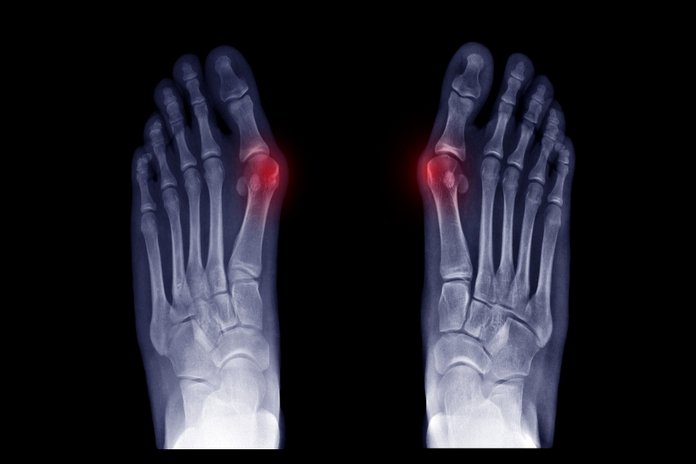Bunions Diagnosis

Your healthcare giver might diagnose a bunion by having look at it. You might also have X-rays to examine for bone alignment and joint damage. If you are having pain while you are walking in flat shoes must feel comfortable, visit or already make an appointment with your podiatrist (foot specialist). It might be some other problem or bunion. Your healthcare provider will have a look at your foot. They might need to take an X-ray to make /up their minds what is the best way to treat their bunion. (6)
Even though bunions sometimes need no medical treatment, visit your healthcare provider or a doctor who is a specialist in curing foot diseases (orthopedic or podiatrist foot specialist) if you are having:
- Lower movement of your big foot or toe
- Ongoing foot pain or big toe
- Difficulty while finding shoes that properly fit because of a bunion
- A visible bump occurs on your big toe joint
Healthcare providers diagnose bunions by checking your foot. Such a condition gives rise to the big toe turning towards the other toe. As a result of such a change in the structure of bone, a tough, bony bump occurs at the base of your big toe where a joint attaches the toe to the foot. Misalignment in the bones of your foot occurred by a bunion might also give rise to metatarsalgia, which is a painful swelling on the ball of your foot. It might also give rise to the formation of a neuroma which is an inflammation in a nerve that runs between your bones of the toes and feet.
If a bunion is quite serious and the big toe overlaps the other toe, fitting your foot into a normal shoe size might get painful and difficult. Early diagnosis by the podiatrists and orthopedic surgeons might make sure that treatment starts before this might occur. Here are some other ways as well to diagnose bunion:
Medical history
Healthcare providers might ask questions regarding when you first notice a bunion, whether you experience toe or foot pain, whether you are having a bunion ever before on one or both of your feet, and whether anyone else in your family has experienced them or not. In addition, healthcare providers might ask you about the type of shoes you normally wear and whether you are having a job that needs you to be on your feet for quite a long time.
Physical examination
A physical examination of your foot is sometimes all that is required for healthcare providers to make sure of a diagnosis. Additionally to checking the big toe for alterations in the structure of bone, doctors slightly move the toe to find if a bunion restricts the motion range or gives rise to tingling, pain, and numbness in the foot or toe. Healthcare providers might also ask you to take a few steps to check how the weight of the body is distributed across your toes and foot.
X-ray
If a bunion gives rise to severe changes or significant changes in the shape of your big toe, a healthcare provider suggests X-ray imaging.
